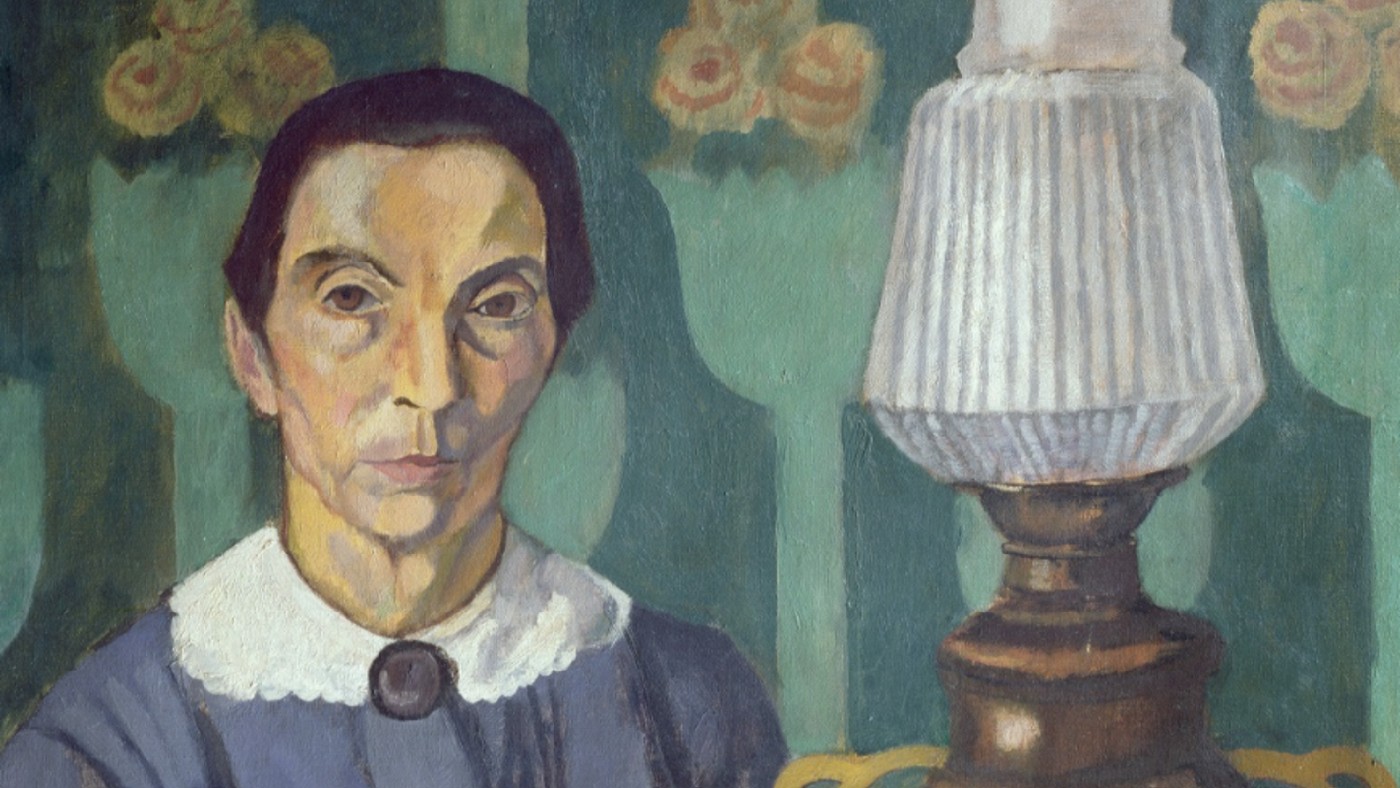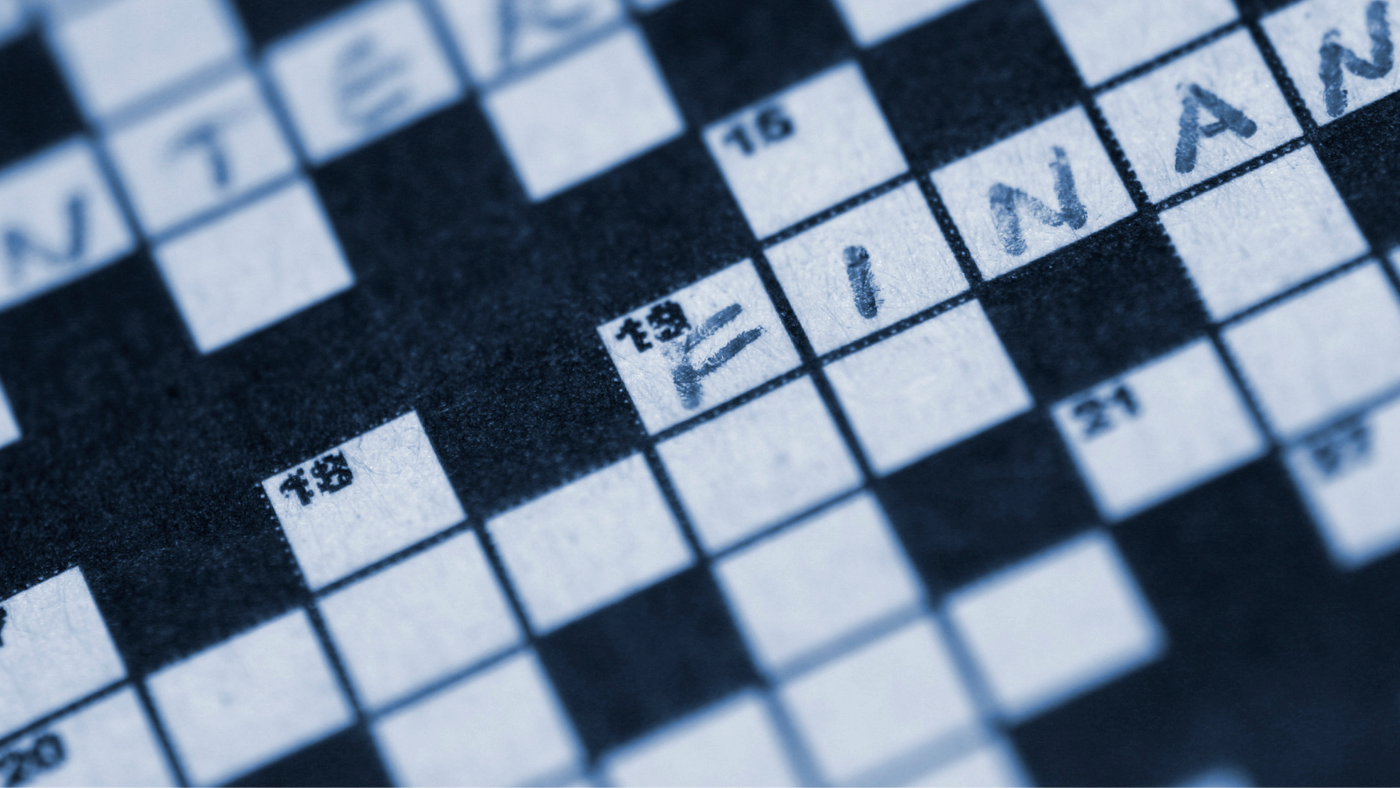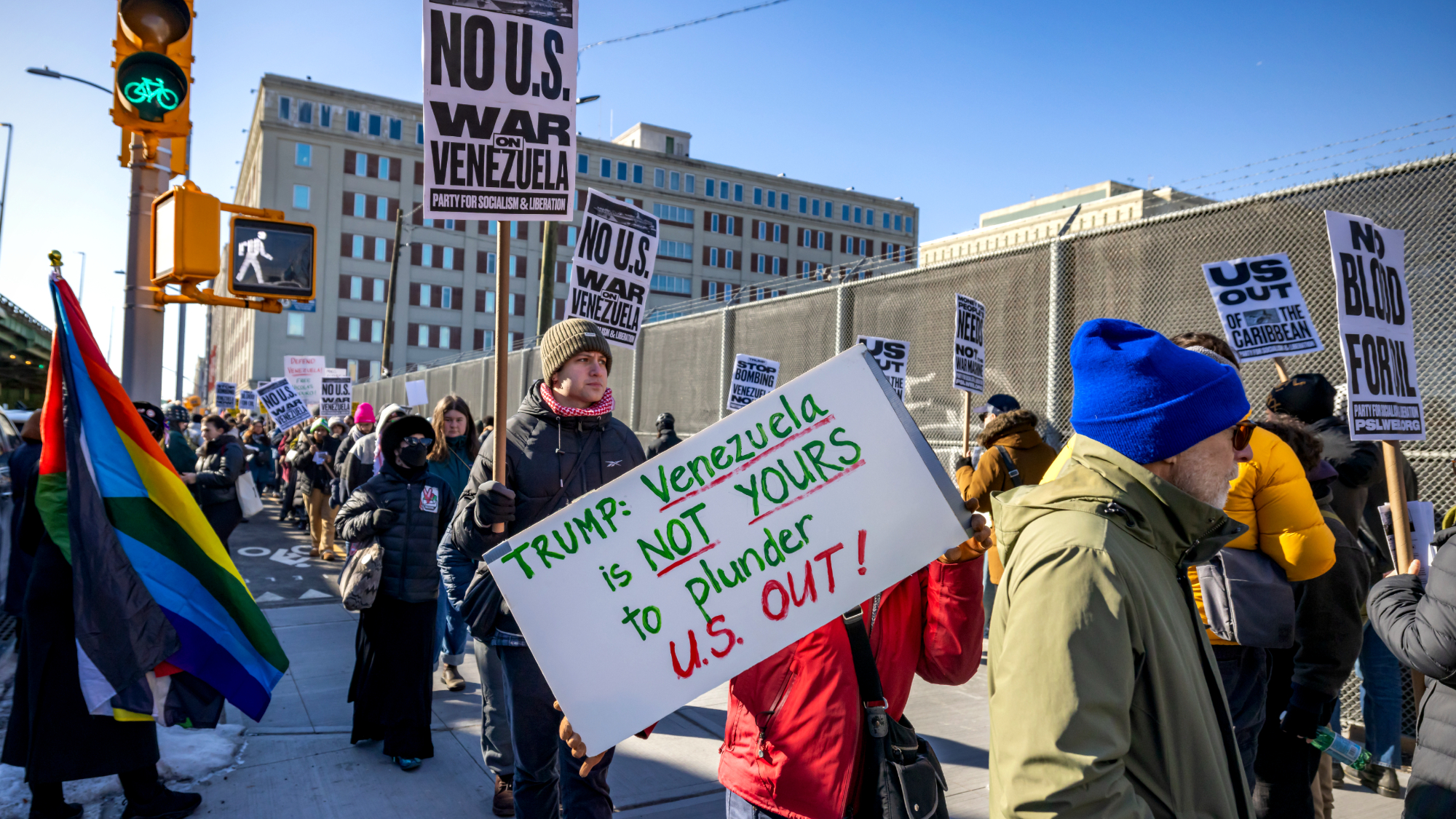Exhibition of the week: Nina Hamnett at Charleston
Bringing together some 30 paintings, the show reclaims Hamnett as ‘an artist to be reckoned with in her own right’

The painter Nina Hamnett was a “famously flamboyant figure”, said Rachel Campbell-Johnston in The Times. A fixture of the Paris and London avant-garde whose beauty and total lack of inhibition earned her the unofficial title of “queen of bohemia”, she modelled for Walter Sickert; ate caviar with Stravinsky; entranced James Joyce (who described her as “one of the few vital women that he had ever met”); and counted Roger Fry, Henri Gaudier-Brzeska and Amedeo Modigliani among her lovers.
Hamnett was a“magnet for scandal”. She “boasted of having the best breasts in all of Europe”; she took lovers of both sexes, but particularly liked boxers and sailors who would “go away” afterwards.
Yet as this new exhibition at Charleston, the “rural Sussex outpost of the Bloomsbury Group”, argues, she was much more than a hell-raising muse to the modernists. Bringing together some 30 paintings created between the 1910s and the 1950s, the show reclaims Hamnett as “an artist to be reckoned with in her own right”, an accomplished portrait painter who – despite never really fulfilling her promise – made her own, “significant” contribution to modern British art.
The Week
Escape your echo chamber. Get the facts behind the news, plus analysis from multiple perspectives.

Sign up for The Week's Free Newsletters
From our morning news briefing to a weekly Good News Newsletter, get the best of The Week delivered directly to your inbox.
From our morning news briefing to a weekly Good News Newsletter, get the best of The Week delivered directly to your inbox.
Born into a military family in Wales in 1890, Hamnett escaped an abusive upbringing and fled to Paris in 1914, said Waldemar Januszczak in The Sunday Times. In France, she began collecting lovers “at a prodigious rate”. She also learnt to paint in “a mildly modern style”, producing some perfectly competent works.
The best of them here are portraits, many of which depict Hamnett’s intellectual and artistic acquaintances: a likeness of the sculptor Ossip Zadkine reflects his “preternatural neatness”, while Sickert is depicted looking out “quizzically from beneath a bowler hat”. Yet even the best of these lack “psychological heft”; at worst – here exemplified by a “feeble” series of circus paintings – her work is downright embarrassing.

This is a well-curated exhibition, yet its argument that Hamnett was a major talent who has been unfairly “overlooked” does not convince. Hers was “a modest vision that should not be pumped up into something grand by wishful thinking”.
That’s unfair, said Joe Lloyd in Studio International. Hamnett’s paintings brim with “skill” and “sharp perspective”, gleefully subverting “her era’s norms”. The men she depicts demonstrate a “softness” unusual for the time – as in her portrait of the dancer Rupert Doone, captured in make-up, and projecting “a proto-David Bowie androgyny”.
A free daily email with the biggest news stories of the day – and the best features from TheWeek.com
The women are “solid, active, even forceful” – a direct “rebuttal of contemporary insistence on the dainty and demure”. Her 1917 portrait of Lady Constance Stewart-Richardson, whose “semi-clad dancing” had scandalised polite society, sees her as “a serious, respectful woman mourning the death of her husband in the First World War”.
Hamnett returned to London in the 1920s, enjoying a period of success that saw its apex with the publication of a bestselling autobiography in 1932. Thereafter, however, she succumbed to alcoholism, “propping up Fitzrovia bars like a character from a Patrick Hamilton novel”. She died in 1956, when she fell from her garret window and impaled herself on the metal railings below (possibly an accident, possibly suicide). This exhibition is the first retrospective of her work since then – and it is long overdue.
Charleston, East Sussex (charleston.org.uk). Until 30 August
-
 How robust is the rule of law in the US?
How robust is the rule of law in the US?In the Spotlight John Roberts says the Constitution is ‘unshaken,’ but tensions loom at the Supreme Court
-
 Magazine solutions - December 26-January 2
Magazine solutions - December 26-January 2Puzzles and Quizzes Issue - December 26-January 2
-
 Venezuela ‘turning over’ oil to US, Trump says
Venezuela ‘turning over’ oil to US, Trump saysSpeed Read This comes less than a week after Trump captured the country’s president
-
 The ultimate films of 2025 by genre
The ultimate films of 2025 by genreThe Week Recommends From comedies to thrillers, documentaries to animations, 2025 featured some unforgettable film moments
-
 Into the Woods: a ‘hypnotic’ production
Into the Woods: a ‘hypnotic’ productionThe Week Recommends Jordan Fein’s revival of the much-loved Stephen Sondheim musical is ‘sharp, propulsive and often very funny’
-
 The best food books of 2025
The best food books of 2025The Week Recommends From mouthwatering recipes to insightful essays, these colourful books will both inspire and entertain
-
 Art that made the news in 2025
Art that made the news in 2025The Explainer From a short-lived Banksy mural to an Egyptian statue dating back three millennia
-
 Nine best TV shows of the year
Nine best TV shows of the yearThe Week Recommends From Adolescence to Amandaland
-
 Winter holidays in the snow and sun
Winter holidays in the snow and sunThe Week Recommends Escape the dark, cold days with the perfect getaway
-
 The best homes of the year
The best homes of the yearFeature Featuring a former helicopter engine repair workshop in Washington, D.C. and high-rise living in San Francisco
-
 Critics’ choice: The year’s top 10 movies
Critics’ choice: The year’s top 10 moviesFeature ‘One Battle After Another’ and ‘It Was Just an Accident’ stand out